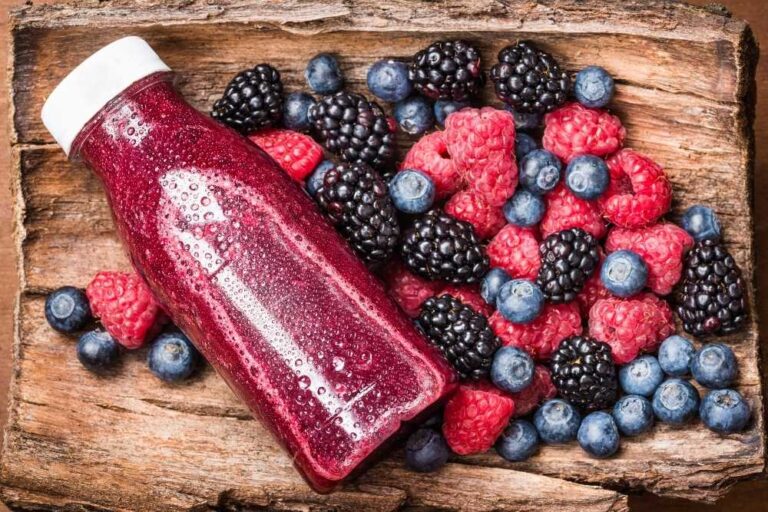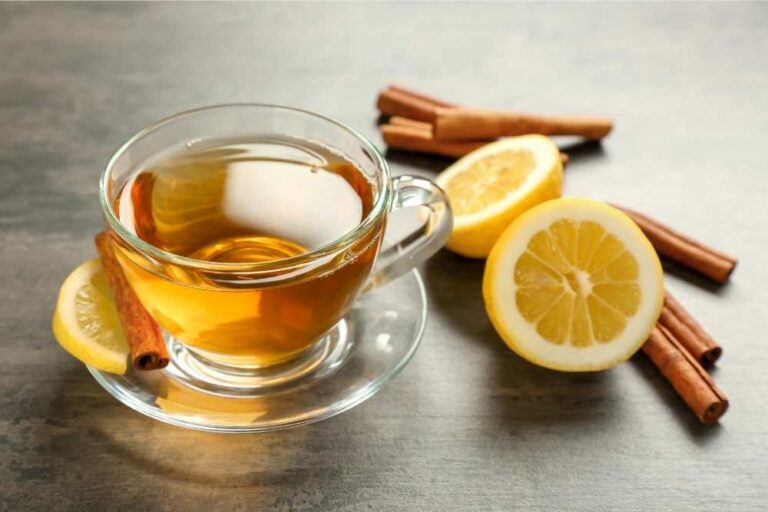The 8 Best Wood for Food Contact: Wood Cutting Board
Wood Cutting boards are most often constructed for one purpose to act as a work surface for cutting and chopping food. Finding the proper dimensions and wood to prepare your cutting board can be a tough decision. In this blog, you will see all information on 8 best Wood for Food Contact for a cutting board!
Types of Wood Cutting Boards:
There are three main types of wood cutting boards: hardwood, softwood, and bamboo.
Hardwood cutting boards are made from denser woods, such as Maple or walnut. These boards are durable and won’t warp or crack over time. They are also less likely to dull knives. However, hardwood cutting boards can be more expensive than other boards.
Softwood cutting boards are made from softer woods, such as Cedar, pine, or fir. These boards are less durable than hardwood boards and are more risks to warp or crack over time. However, they are less expensive than hardwood boards.
Bamboo cutting boards are made from bamboo grass that has been compressed into boards. Bamboo is a very hard material, so bamboo cutting boards are just as durable as hardwood boards. They are also less chances to crack or warp over time. However, bamboo cutting boards can be more expensive than other types of boards.
What is the best wood for Food Contact?
There are several different types of wood that can be used for cutting boards. However, not all woods are equally suited for this purpose. Some of the best woods for cutting boards include Maple, cherry, and oak. These woods are hard and durable, making them resistant to knives and other sharp objects. They are easy to clean Due to smooth surface.
Another factor to consider when choosing a wood for a cutting board is its resistance to bacteria. Some woods, such as bamboo, are naturally antibacterial. This means that they are less likely to cause food poisoning. Other woods, such as teak, have oils that make them resistant to bacteria.
1. Maple:
Maple is a favorite option for cutting boards. It is a very hard and dense wood that is resistant to warping and cracking. Maple is a very durable hardwood. It has a light brown color with a close grain, making it easy to clean and resistant to bacteria. With proper care Maple cutting boards can last for many years.

2. Cherry:
Cutting boards made from cherry wood are also popular because of their beauty. Cherry wood has a rich, red color that deepens with age. It is a softer wood, so it is easier on knives than harder woods like Maple. However, cherry cutting boards can stain more easily than other types of wood. The sapwood of cherry is pale pink, while the heartwood is reddish-brown. Cherry wood has a smooth texture and finishes nicely.
3. Oak:
Oak is one of the best woods for cutting boards. It is hard and dense, which makes it resistant to scratches and wear. It is also very easy to clean and disinfect. Oak has a light color that makes it easy to see food on the board. Oak cutting boards can be expensive, but they are best investment. They will last for many years with proper care.
4. Bamboo:
Bamboo is a strong, eco-friendly, and durable material that makes for an excellent cutting board. Bamboo is a fast-growing grass that survives without a lot of water or chemicals. It’s also one of the most sustainable materials available. Bamboo cutting boards are typically made from Moso bamboo, which is one of the strongest types of bamboo. Bamboo cutting boards are durable and won’t break easily. However, they can be scratched by knives.
Bamboo cutting boards are available in a variety of sizes and styles. They can be found in both rectangular and round shapes. Some bamboo cutting boards even come with built-in storage compartments or drawers.

5. Teak:
Teak is a popular choice for cutting boards because it is strong and durable. It won’t stain or absorb flavors, making it ideal for chopping onions or garlic. Teak is also a lovely wood, so that it can be used as a cutting board or serving tray.
Teak cutting boards are often made from reclaimed wood, which means they are eco-friendly. Reclaimed wood is wood that has been used before and would otherwise be thrown away. Repurposing this wood into something useful like a cutting board helps to reduce waste and conserve resources.
Teak cutting boards are available in a variety of sizes and styles. Some have handles or grooves that make them easy to grip. Others are designed for specific tasks like slicing meat or cheese. Teak cutting boards are durable and long-lasting. They are also beautiful, making them a great addition to any kitchen. However, teak cutting boards can be expensive. They can last for many years with proper care.
6. Acacia:
Acacia is a beautiful hardwood with a rich, golden color. It’s a popular option for cutting boards, because of its strength and durability. Acacia is also resistant to scratches and staining.
Acacia cutting boards are available in a variety of sizes and shapes. They can be found in both rectangular and round shapes. Acacia cutting boards usually have a smooth surface. However, some boards may have a groove on one side for catching juices from meat or vegetables. However, it’s important to oil your board regularly to keep it from drying out and cracking.

7. Beech:
Beech wood is a good option for cutting boards because it is dry and firm. Beech wood is also less likely to absorb moisture than other types of wood. The sapwood of beech is cream-colored, while the heartwood is reddish-brown. Beech also cuts smoothly without the need for finishing. It has a tight grain that makes it resistant to knives. Beech cutting boards are also easy to clean and can last for many years.
8. Walnut:
Walnut is dark wood with a coarse grain. It is an excellent turning wood, which makes it ideal for cutting boards. Walnut is also very durable and resistant to warping. Walnut cutting boards are beautiful and will add a touch of elegance to your kitchen. They are also strong and durable, making them perfect for heavy-duty chopping. If you take care of your walnut cutting board, it will last for many years.
Conclusion: Best Wood for Food Contact
After reading this blog, you should better understand the best wood for Food Contact. You also now know the different purposes of each type of wood and their benefits. If you are in the market for a new cutting board, keep these factors in mind to choose the right one for your needs and healthy life.






